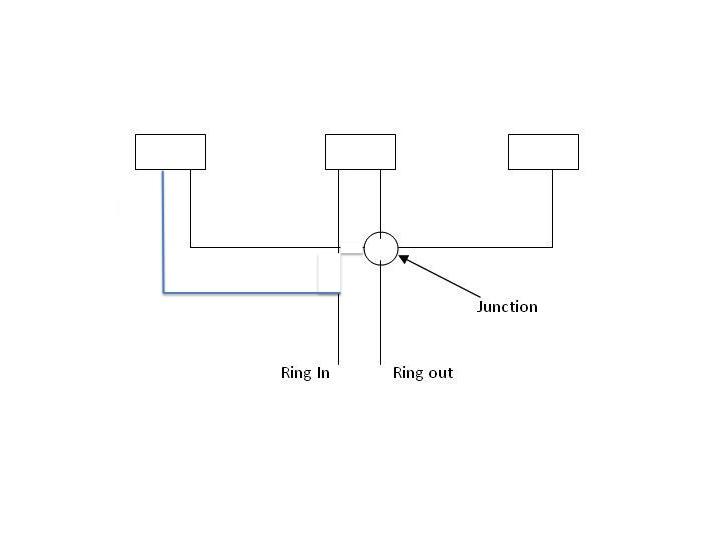I removed the skirting boards in a bedroom to allow for fitted units. I noticed that 2 of the 3 sockets on the wall only have 1 wire going in to them. I took up a floor board to have a look and found it was wired as follows:
View media item 62455
Is this wired currently?
View media item 62455
Is this wired currently?


